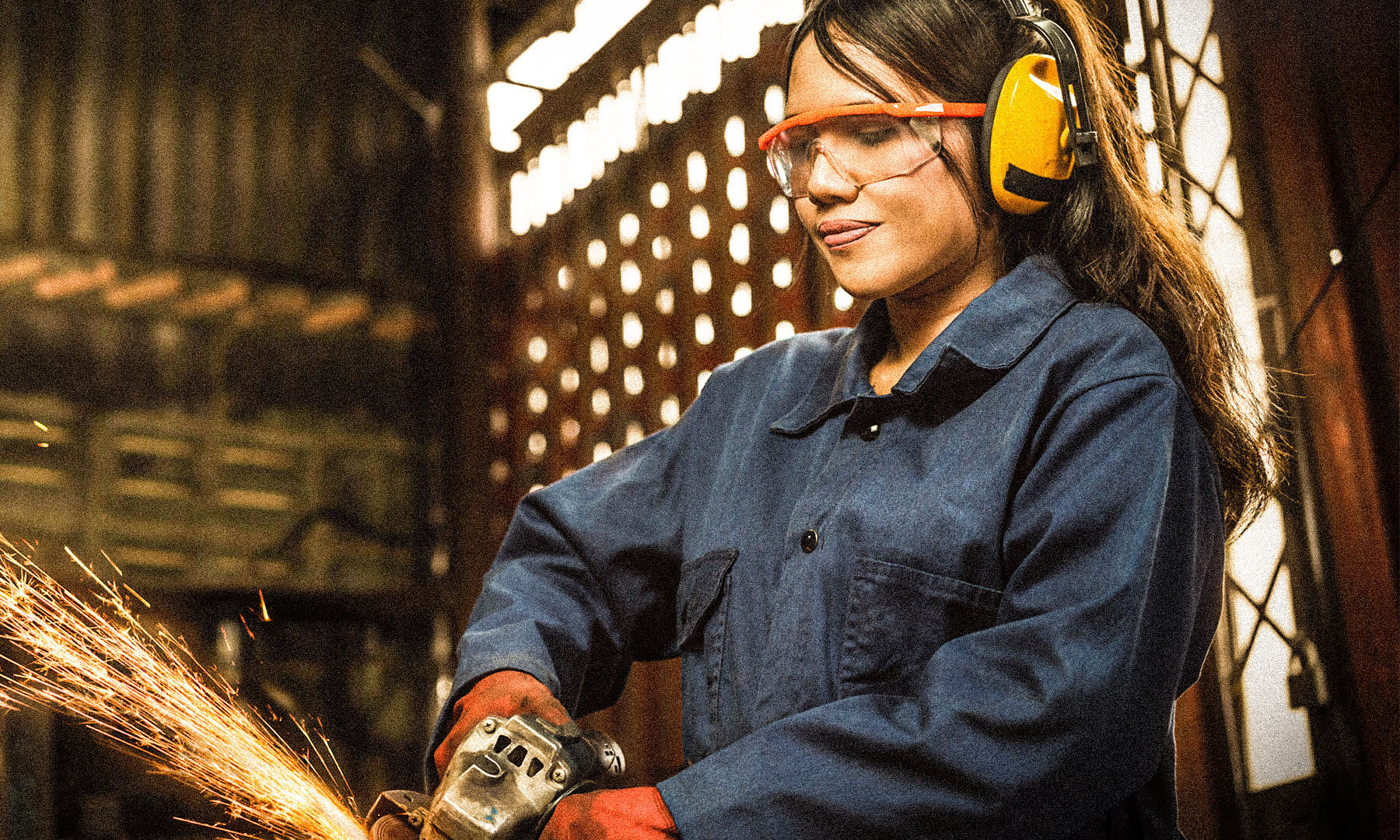READ THE FULL REPORT HERE.
TORONTO—Throughout the pandemic, a larger share of racialized and Indigenous workers have been in jobs that put them in close proximity to others, increasing their risk of COVID-19 infection, says a new report by the Canadian Centre for Policy Alternatives (CCPA).
The CCPA report, A Disproportionate Burden, which was funded by the Canadian Race Relations Foundation (CRRF), also documents how Indigenous and racialized households have experienced greater economic hardship throughout the pandemic: From July 2020 to June 2021, an average of 28% of Indigenous Peoples and 31% of racialized individuals lived with economic insecurity compared to 16% of white individuals.
“Racialized and Indigenous workers have played an essential role as frontline workers during the pandemic and they have borne a disproportionate burden of health and economic risks,” says study co-author Grace-Edward Galabuzi, Associate Professor of Politics and Public Administration at X University in Toronto.
Among the report’s key findings:
-
The unemployment rate gap between racialized and non-racialized workers widened during the pandemic.
-
Racialized workers were more likely to be working in the three industries that accounted for 80% of job losses in Canada during the pandemic period: accommodation and food services; information, culture and recreation; and wholesale and retail trade.
-
Women were at greater risk of exposure to COVID-19. Indigenous women had the highest share of employment in occupations that ranked in the top quartile for physical proximity, at 30.2%; next were non-Indigenous women, at 28%. The data available for racialized workers was less detailed, but even that data showed a larger share of racialized women were at risk of exposure than racialized or white men.
-
The unemployment rate gap between Indigenous and non-Indigenous women widened slightly, from 3.1 percentage points in the 12 months preceding the pandemic to 3.4 percentage points over the first 12 months of the pandemic, widening further to 3.9 percentage points by the end June 2021.
-
The recovery of Indigenous women’s employment has been much slower than for non-Indigenous women, but by June 2021, average employment for Indigenous women was slightly above the pre-pandemic level.
-
While the gap between Indigenous and non-Indigenous men’s employment rate remained high, at 9.3 percentage points by June 2021, Indigenous men’s employment increased by 6.8%.
“Indigenous workers are an important part of Canada’s economy. Our women and men are on the frontlines of the supply chain, working in trucking and warehousing, retail and service, and increasingly in public sectors like health care and government administration. Indigenous workers matter,” says report co-author Angele Alook, Assistant Professor in the School of Gender, Sexuality and Women’s Studies at York University.
CCPA Senior Economist Sheila Block, who co-authored the report, says: “This study puts concrete numbers behind something that was already abundantly clear: far from being a great equalizer, the COVID-19 pandemic has exposed and widened underlying structural inequality in Canada and has more severely affected marginalized people.”
“Our economic systems have historically prevented many racialized Canadians from having fair economic opportunities. The pandemic has only deepened those gaps and made it even harder for several racialized communities to recover,” says Mohammed Hashim, Executive Director of CRRF. “This report highlights the need to modernize employment equity to eliminate the socioeconomic disparities experienced by racialized Canadians during this pandemic and hopefully, beyond.”
-30-
For media inquiries, contact: media@policyalternatives.ca.




